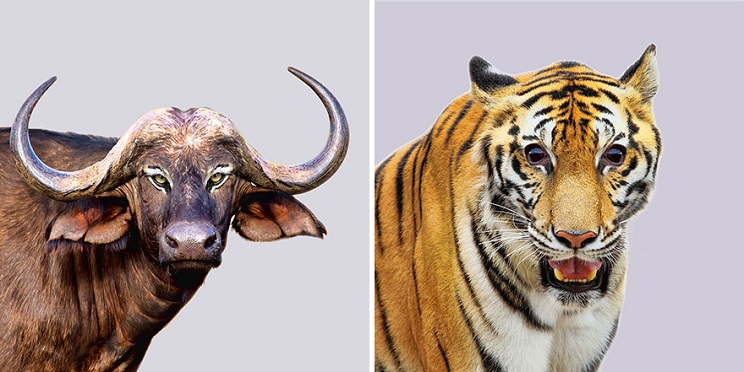

#HUNTER VS PREY EYES HUMAN DRIVER#
Predation has been a major driver of evolution since at least the Cambrian period.ĭefinition Spider wasps paralyse and eventually kill their hosts, but are considered parasitoids, not predators.Īt the most basic level, predators kill and eat other organisms. Sometimes predator and prey find themselves in an evolutionary arms race, a cycle of adaptations and counter-adaptations. Predation has a powerful selective effect on prey, and the prey develop antipredator adaptations such as warning coloration, alarm calls and other signals, camouflage, mimicry of well-defended species, and defensive spines and chemicals. Other adaptations include stealth and aggressive mimicry that improve hunting efficiency. Many predatory animals, both vertebrate and invertebrate, have sharp claws or jaws to grip, kill, and cut up their prey. Predators are adapted and often highly specialized for hunting, with acute senses such as vision, hearing, or smell. If the attack is successful, the predator kills the prey, removes any inedible parts like the shell or spines, and eats it. This may involve ambush or pursuit predation, sometimes after stalking the prey.

When prey is detected, the predator assesses whether to attack it. Predators may actively search for or pursue prey or wait for it, often concealed. It is distinct from scavenging on dead prey, though many predators also scavenge it overlaps with herbivory, as seed predators and destructive frugivores are predators. It is one of a family of common feeding behaviours that includes parasitism and micropredation (which usually do not kill the host) and parasitoidism (which always does, eventually). Predation is a biological interaction where one organism, the predator, kills and eats another organism, its prey. Social predators: meat ants cooperate to feed on a cicada far larger than themselves.

Solitary predator: a polar bear feeds on a bearded seal it has killed. For other uses, see Predator (disambiguation) and Prey (disambiguation).


 0 kommentar(er)
0 kommentar(er)
